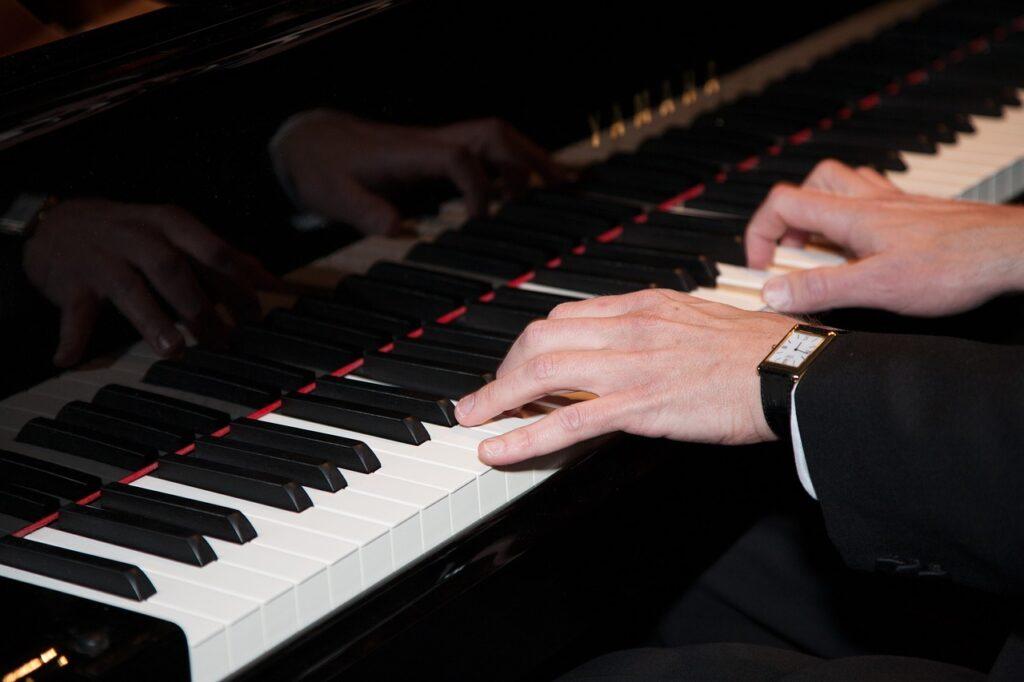Have you ever listened to a chord and couldn’t pick out the notes? Or maybe you’ve tried to hear the inner parts, but couldn’t? If you want to harmonize in tune, you need to be able to hear the parts. Read more to learn how to hear the notes when harmonizing. Estimated reading time 6 minutes.
Read More

